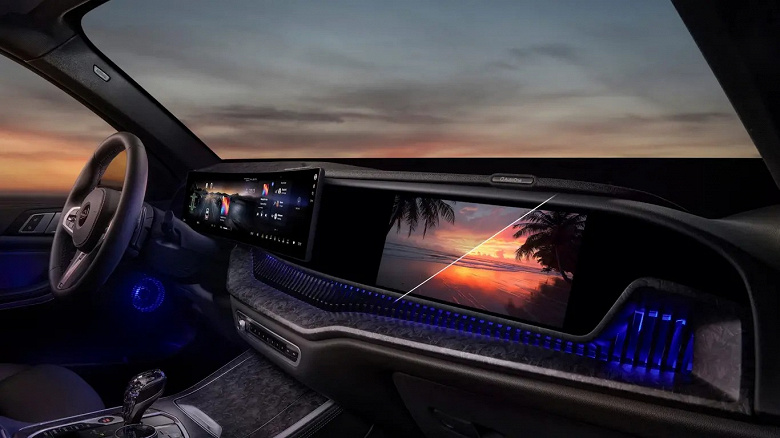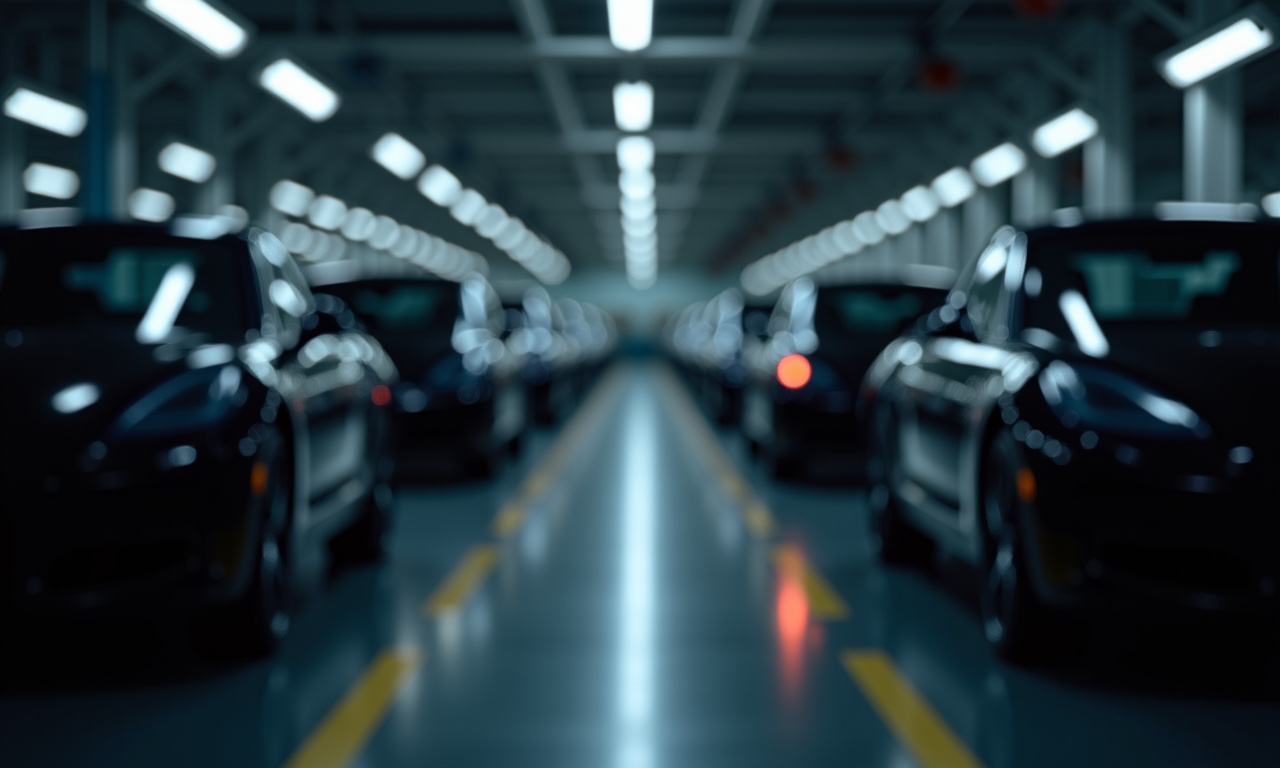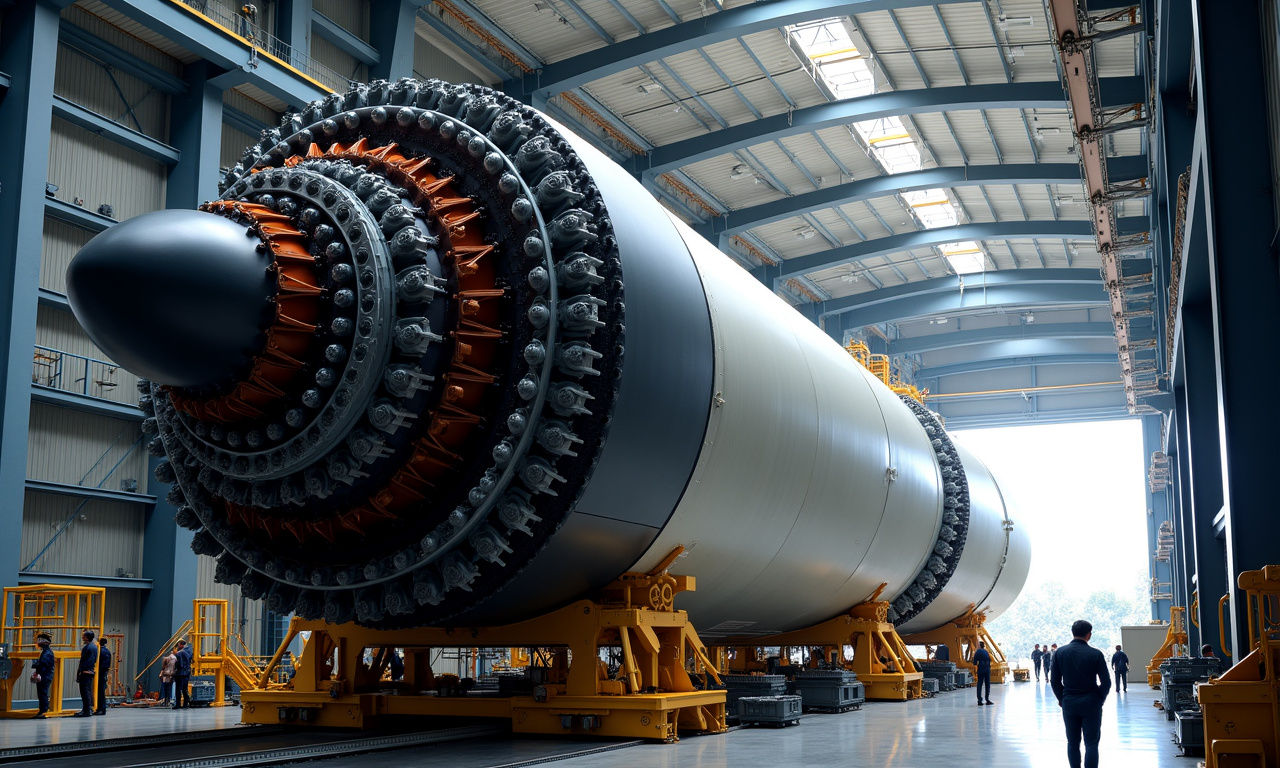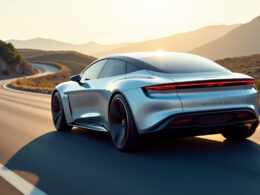Harman Becomes the First to Achieve HDR10+ Automotive Certification
Harman, part of Samsung, has officially become the first manufacturer to have its automotive displays certified under the HDR10+ Automotive standard. This standard imposes exceptionally stringent requirements. The screen must deliver precise color reproduction, high brightness, and detailing even amidst constantly changing lighting conditions-from bright midday sun to nighttime reflections.
The Ready Display line is based on Samsung’s Neo QLED technologies and employs intelligent real-time image adaptation algorithms. This advancement has placed Harman at the forefront of automotive display technology, competing head-to-head with other leading brands as they attempt to integrate similar innovations.

Harman’s Vice President, Shilpa Deli, notes that the company’s goal is to bring the “living room” experience into the vehicle, creating a truly premium atmosphere. Manufacturers can now integrate displays akin to top-tier televisions. This means not only brighter and more contrasting images for drivers and passengers but also improved readability of interfaces, reduced eye strain, and increased navigation comfort.
Exploring the Competitive Landscape
The automotive display market is fraught with competition, with numerous manufacturers striving to elevate their technologies. The introduction of HDR10+ Automotive poses a new benchmark that competitors will have to match or exceed. Many in the industry speculate that this advancement will push others to accelerate their development timelines to include similar high-quality visual standards, further spurring innovation across the sector.
The Ripple Effect on Consumers and Industry
For consumers, the integration of HDR10+ Automotive offers a novel experience, significantly enhancing night-time visibility and overall driver comfort. It is anticipated that consumer demand will drive more manufacturers to prioritize similar technologies, thus influencing vehicle purchase decisions in the near future.
As automotive displays become more sophisticated, industry experts suggest a subsequent increase in digital and infotainment systems’ complexity within vehicles, laying the groundwork for potential future developments. As vehicles evolve with such innovations, the automotive industry’s landscape continues to grow increasingly interconnected with advanced technology sectors.
Looking to the future, considering the pace of technological adoption, we might expect HDR10+ certified displays to become a standard feature in luxury vehicles, eventually trickling down to broader market segments. Such progress echoes broader industry trends towards enhanced connectivity and interactive in-car experiences.








